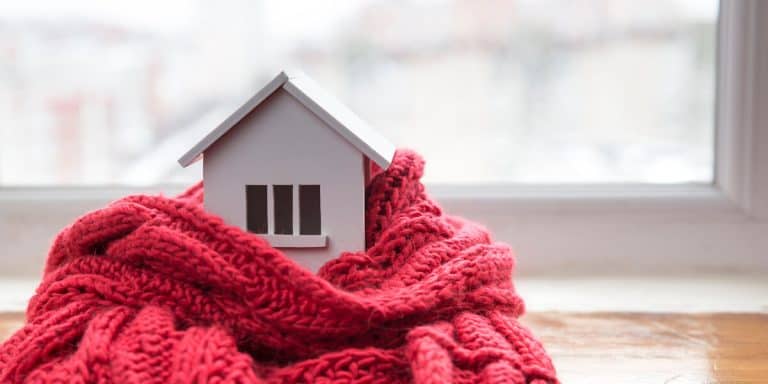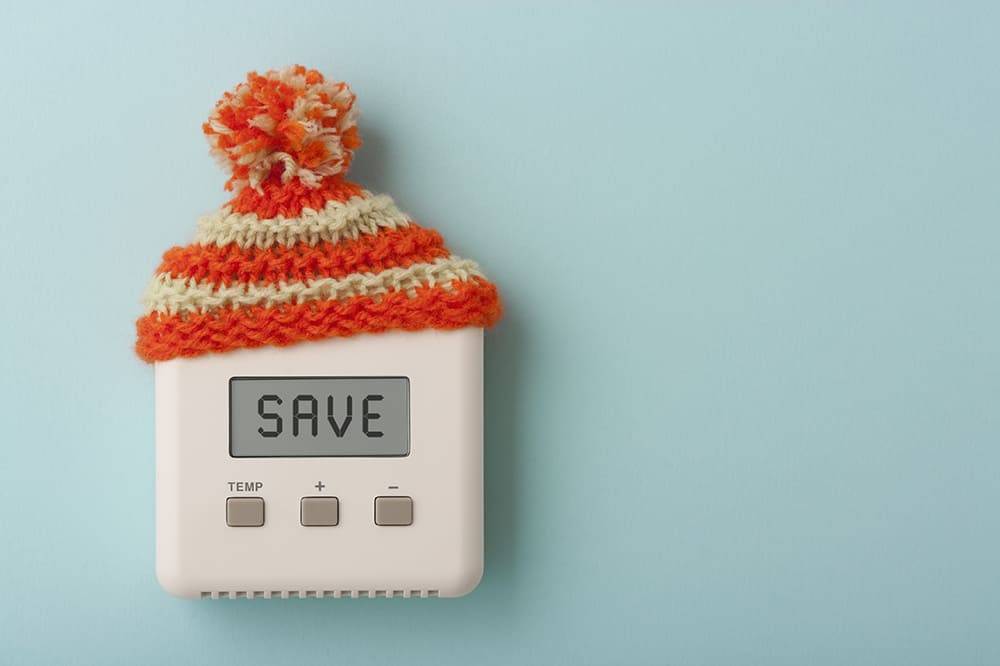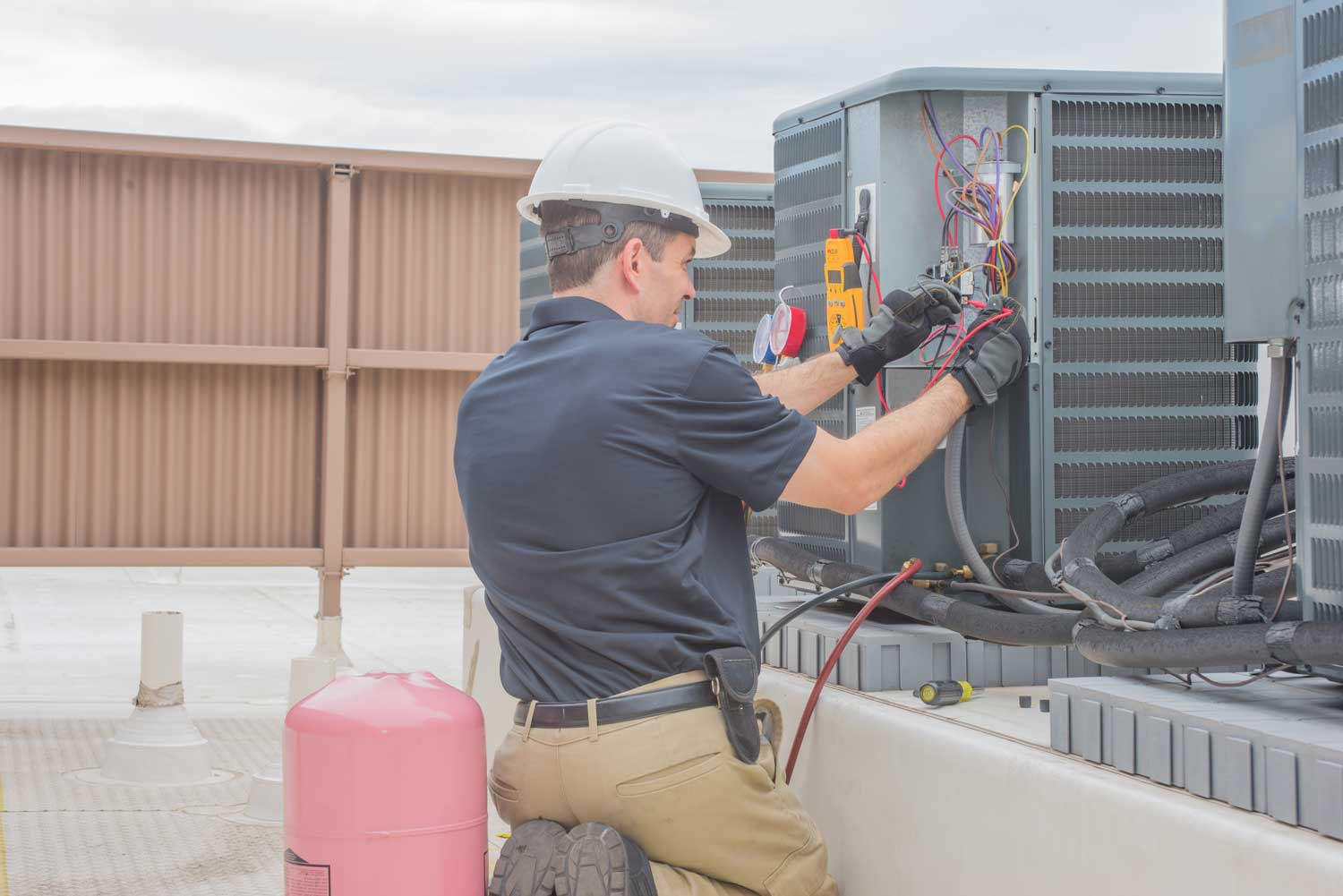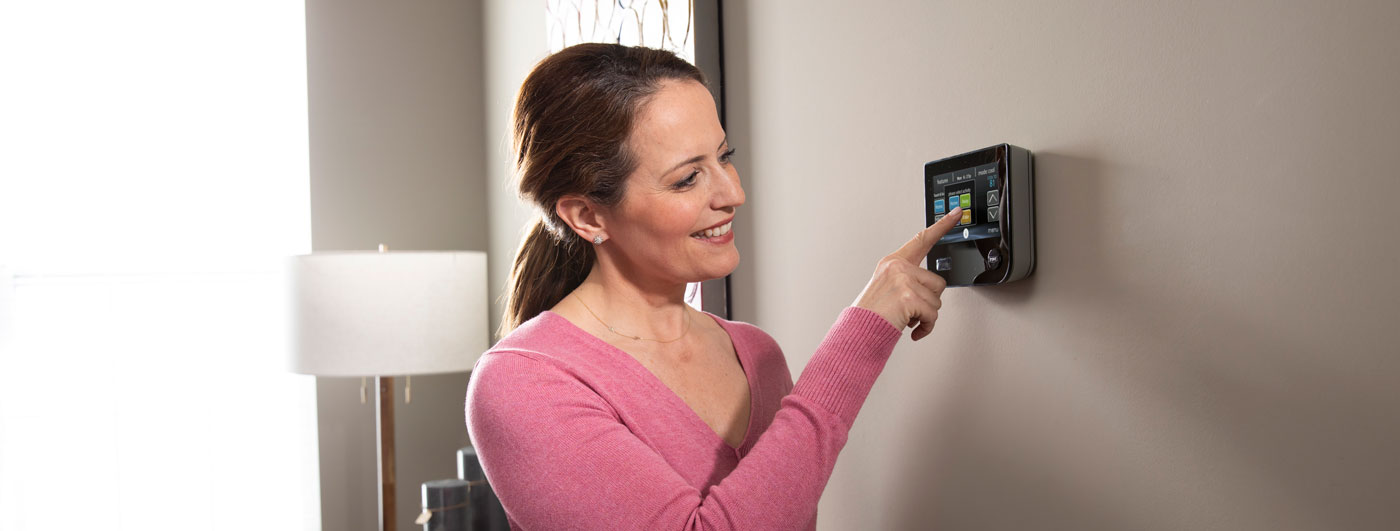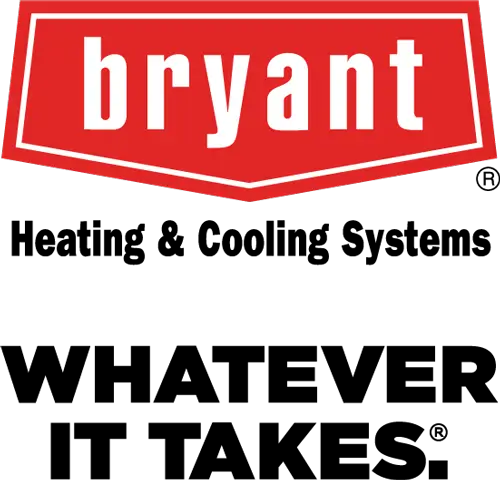In an attempt to save some bucks, you might be tempted to DIY your air conditioning unit that has broken down or a heater that’s not giving you a comfortable indoor temperature. But beyond replacing your air filters regularly, HVAC systems are not designed for do-it-yourself projects, which can lead to a more serious (and expensive) problem.

Leading HVAC contractor Sharpline Mechanical shares the reasons why DIY repairs are not worth the risks:
Safety Risk
HVAC units are high-voltage appliances, which means one thing: DIY repairs carry a high risk of electrocution because you don’t have the proper gear and equipment, and you lack the technical knowledge to do it safely.
Additionally, cooling and heating appliances use chemicals and refrigerants that pose a risk of toxicity. Hence, manufacturers include a warning sign that says repairs should only be carried out by a professional with relevant certifications and training in handling these toxic chemicals.
Previous cases of toxic combustion and electrocution occurred when a homeowner attempted to DIY an HVAC repair.
More Serious and Expensive Problems
HVAC repairs require two things: technical knowledge about the appliances and a specialized set of tools. Thus, your “average toolbox” of screws and pliers won’t get the job done.
By contrast, professional HVAC contractors have invested thousands of dollars in tools and equipment specifically designed for HVAC repairs.
Warranty Void
The vast majority of warranties on furnace and air conditioning units have clauses saying that the manufacturer will void the warranty if the system is not repaired or maintained by a licensed HVAC contractor. Hence, hiring a technician is way more cost-effective to avoid the risk of more serious problems and voiding the product warranty.
Reduced Efficiency
DIYers lack the technical know-how and equipment to troubleshoot and repair HVAC systems, which means tinkering with the furnace and AC units could result in reduced efficiency that’s often manifested by high energy consumption, uncomfortable home environment (e.g., inconsistent temperature), and weird noise.


